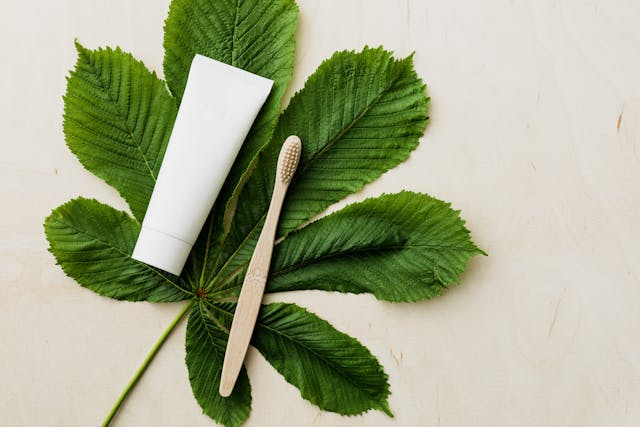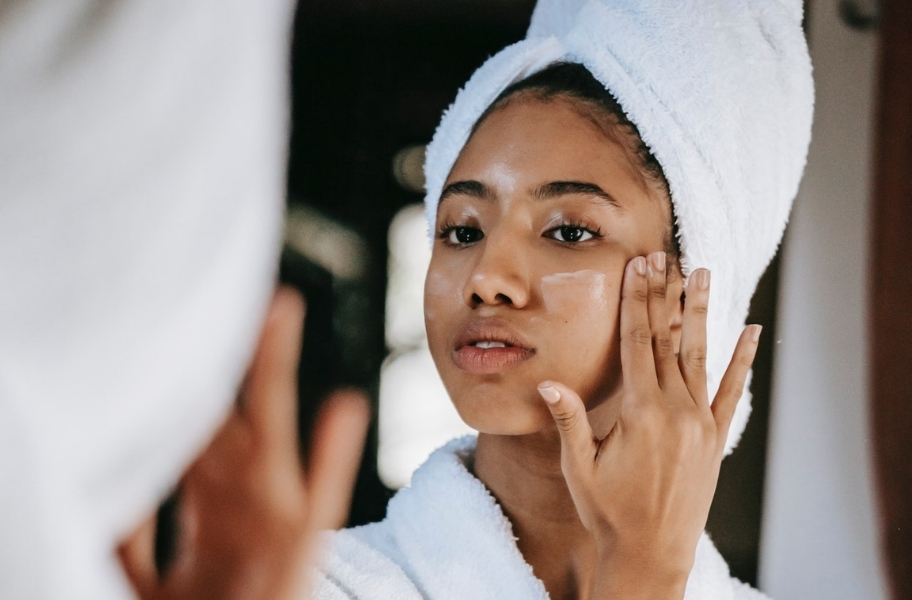Sunscreen is essential for protecting our skin from the sun's damaging rays. However, not all sunscreens are created equal. Many conventional sunscreens contain chemicals that can negatively impact our health and the environment. This is why understanding the benefits of switching to natural clean sunscreen and knowing what ingredients to look for is crucial.
Chemical sunscreens often include ingredients such as oxybenzone, octinoxate, and avobenzone, which can penetrate the skin and disrupt the body's hormonal balance. These chemicals have been linked to various health concerns, including skin irritation, allergic reactions, and hormone-related issues. Additionally, some chemical sunscreens have been found to harm coral reefs and marine life when washed off in the ocean.
On the other hand, natural clean sunscreens use mineral-based ingredients like zinc oxide and titanium dioxide to protect against the sun. These minerals create a physical barrier on the skin that reflects and scatters the sun's rays, effectively blocking both UVA and UVB radiation. By choosing natural clean sunscreens, you can minimize the risk of exposure to potentially harmful chemicals and enjoy safer sun protection.
The difference between chemical and natural sunscreens extends beyond the ingredients. Chemical sunscreens are designed to be absorbed into the skin, while natural sunscreens sit on top of the skin and provide immediate protection upon application.


Tips for Applying and Reapplying Sunscreen
Properly applying and reapplying sunscreen is essential for effective sun protection. Here are some tips to help you make the most out of your natural clean sunscreen:
- Apply sunscreen evenly and generously on exposed skin: When applying sunscreen, make sure to cover all exposed areas of your skin. This includes your face, neck, arms, legs, and any other areas that will be exposed to the sun like your ears or your scalp where your hair naturally parts. Be sure to apply a generous amount to ensure proper coverage.
- Reapply sunscreen after swimming or sweating: Sunscreen can wear off when you swim or sweat, so it's important to reapply it every two hours or immediately after these activities. This will ensure that your skin remains protected throughout the day.
- Use additional sun protection measures like hats and protective clothing: While sunscreen is an important tool for sun protection, it should not be your only line of defense. Wearing a wide-brimmed hat and protective clothing can provide additional protection against harmful UV rays. Opt for long-sleeved shirts, pants, and sunglasses to further shield your skin from the sun's rays.


Choosing the Right Sunscreen for Your Skin Type
1. Considering different formulations: Sunscreens come in various formulations such as creams, lotions, and sprays. Creams and lotions are ideal for those with dry or sensitive skin as they provide extra hydration and nourishment. On the other hand, sprays are convenient for those who prefer a lightweight and easy-to-apply option. Olita Kids Mineral Sunscreen comes in a convenient sun stick form that is easy for on the go parents! Plus, Badger Mineral Sunscreen Lip Balm Stick ensures your lips remain protected as well.
2. Sunscreen options for oily, dry, or sensitive skin: If you have oily skin, opt for oil-free sunscreens that are lightweight and non-greasy. Look for terms like 'oil-free,' 'non-comedogenic,' or 'matte finish' on the product label. For dry or sensitive skin, choose sunscreens that are moisturizing and gentle. Look for ingredients like aloe vera, shea butter, or hyaluronic acid which help to hydrate and soothe the skin. Attitude Mineral Unscented Sunscreen Stick for Sensitive Skin contains oat extract for dry and sensitive skin. Furthermore, Think Baby Safe Sunscreen is a hypoallergenic and dermatologist-recommended option that is safe for all ages!
3. Finding tinted or non-greasy natural sunscreens for daily use: If you prefer a natural clean sunscreen that can also double as a makeup base, consider a tinted option. Tinted sunscreens provide light coverage and even out skin tone while protecting you from the sun's harmful rays. For daily use, opt for non-greasy formulas that absorb quickly into the skin, allowing for easy application of makeup. Mad Hippie's Sheer Tint Serum comes in a variety of shades in a silicone-free formula for UVA/UVB broad-spectrum protection.
4. Choosing the right protection: Finding the right amount of sun coverage can be difficult. We like to aim for at least an SPF coverage of 30 which would allow around 3 percent of UVB rays to come in contact with your skin. On the other hand, SPF 50 only allows about 2 percent of UVB rays to penetrate. Thinksport Kids Safe Sunscreen is SPF 50+ and comes in a water-resistant formula which is perfect for a day at the beach!














